€4.98
/ per pack
Choose seeds per pack:
Botanical Nomenclature: Cedrus libani var. libani
Common Name: Lebanon Cedar
Family: Pinaceae
Origin: Lebanon
Height: 40 meters high
Brightness: Full Sun
Climate: see description below
Lebanon Cedar is the national symbol of Lebanon, where it bears the national flag, and is adopted as the insignia of several political parties in Lebanon. It is also on the coat of arms of the Maronite church, strand of the Catholic church in Lebanon.
Majestic conifer that occurs at altitudes of 1,000-2,000 meters, growing up to 40 meters high, with trunk up to 2.50 meters in diameter. It is a tree of great longevity and can live for centuries.
Lebanon cedar was of utmost importance to several ancient civilizations; trees were used for the construction of commercial and military ships; as well as houses, palaces and temples. The ancient Egyptians used their resin in the practice of mummification and their sawdust was found in the pharaohs tombs. The cedar grove of Lebanon was regarded as the abode of the gods in ancient mythology.
Its homogeneous and aromatic wood was extensively used in antiquity. Ancient papyrus proves its wide commercialization and diversity of uses. It was customary to burn their wood in solemn ceremonies, just as Jewish priests used their bark during circumcision and in the treatment of leprosy. According to the “Talmud” (Jewish holy book), Jews burned cedar wood from Lebanon on “Mount of Olives” (Mount of Olives is sacred to Jews, Christians and Muslims) to announce and greet the beginning of the year. new.
As a result of its constant exploitation over the centuries, extensive deforestation has occurred and few old trees remain in Lebanon, which has justified the implementation of an environmental program for the conservation and regeneration of its forests. In Turkey extensive work has also been done on replanting the species, where 30,000 ha (over 50 million) are planted annually.
Very fresh seeds, excellent germination rate ..
A beautiful example, biblical, full of history and extremely ornamental.
| Weight | N/A |
|---|
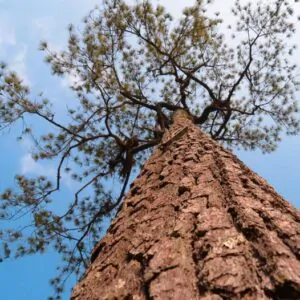
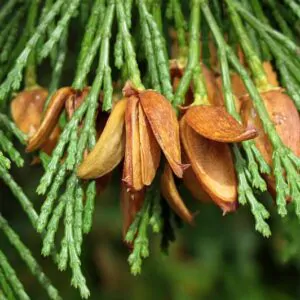
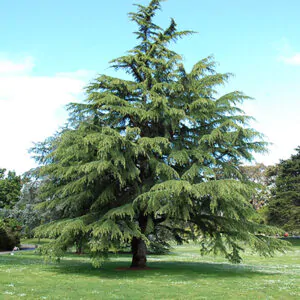
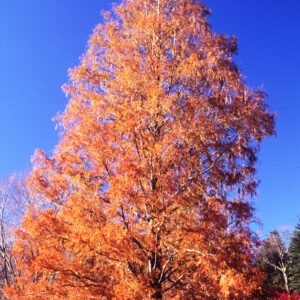
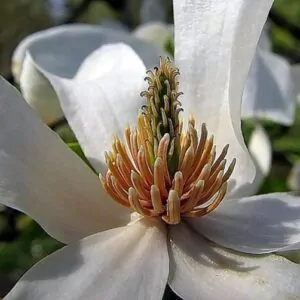
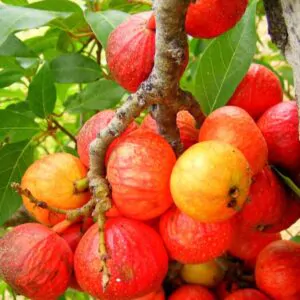
| Cookie | Duration | Description |
|---|---|---|
| cookielawinfo-checkbox-analytics | 11 months | This cookie is set by GDPR Cookie Consent plugin. The cookie is used to store the user consent for the cookies in the category "Analytics". |
| cookielawinfo-checkbox-functional | 11 months | The cookie is set by GDPR cookie consent to record the user consent for the cookies in the category "Functional". |
| cookielawinfo-checkbox-necessary | 11 months | This cookie is set by GDPR Cookie Consent plugin. The cookies is used to store the user consent for the cookies in the category "Necessary". |
| cookielawinfo-checkbox-others | 11 months | This cookie is set by GDPR Cookie Consent plugin. The cookie is used to store the user consent for the cookies in the category "Other. |
| cookielawinfo-checkbox-performance | 11 months | This cookie is set by GDPR Cookie Consent plugin. The cookie is used to store the user consent for the cookies in the category "Performance". |
| viewed_cookie_policy | 11 months | The cookie is set by the GDPR Cookie Consent plugin and is used to store whether or not user has consented to the use of cookies. It does not store any personal data. |